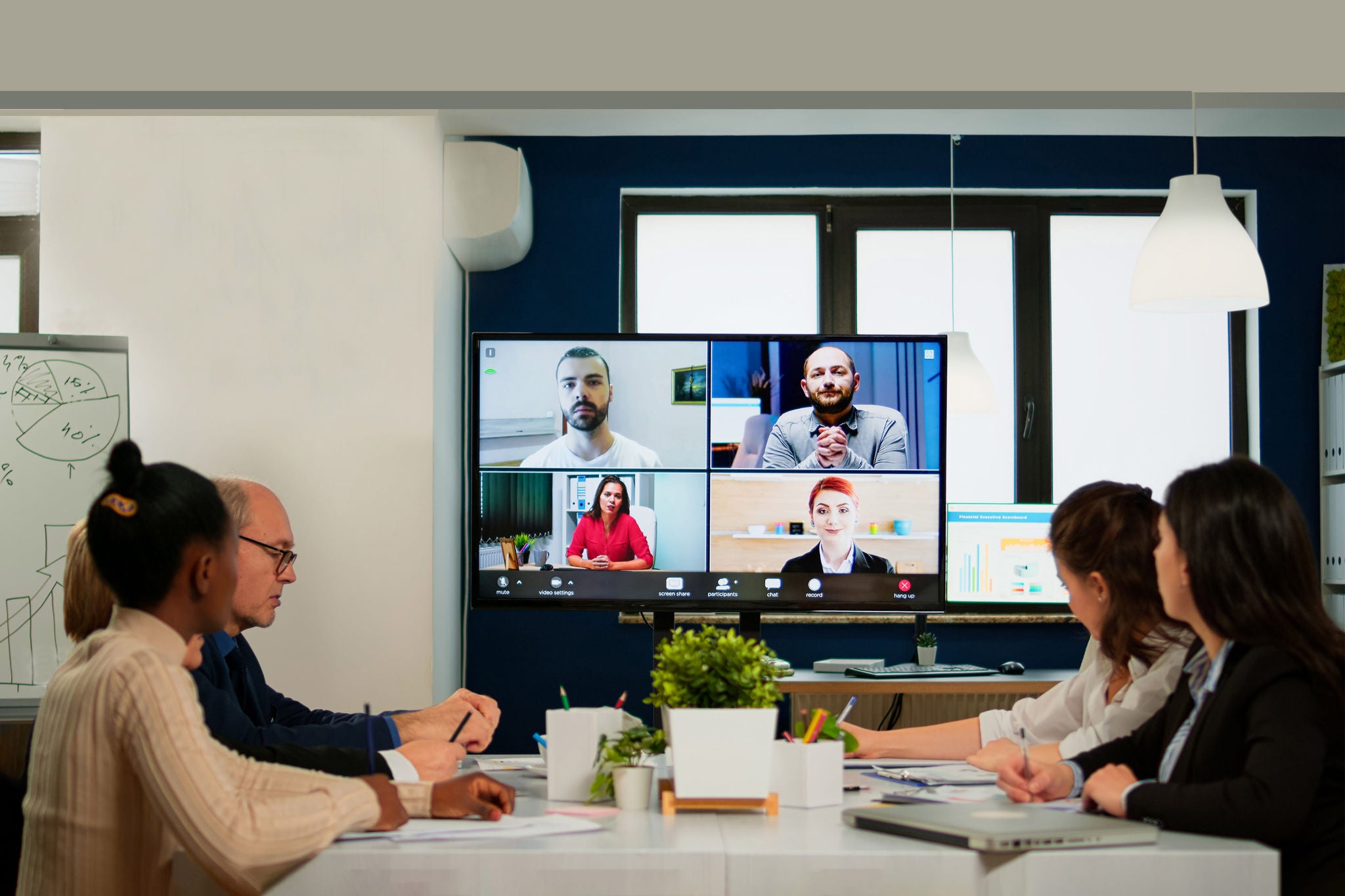EY refers to the global organization, and may refer to one or more, of the member firms of Ernst & Young Global Limited, each of which is a separate legal entity. Ernst & Young Global Limited, a UK company limited by guarantee, does not provide services to clients.

The future of hybrid work requires rethinking conventional wisdom about team building.
The pandemic upended the traditional way of working, and one of the biggest casualties was a connected company culture. Spontaneous daily connections became much more difficult, a particular negative for new employees seeking to absorb company culture and ways of working. This can be a significant challenge for entrepreneurs who are building up a business and need to integrate new employees into the fold quickly.
COVID-19 forced us to think creatively about how to engage and keep our people front and center while making sure they’re still feeling connected. Here are three ways to strengthen your organization’s connected culture in a hybrid work model.
1. Listen to your employees
Workers are increasingly protective of their personal time, so trust them to do their best job wherever they are working. “When you’re hiring people, you expect them to bring their A-game. That’s why they got hired,” says Clayton E. Judge III, Head of Global Diversity, Equity & Inclusion at Nike.
Working from home also allowed people to be more comfortable and not have to dress in a certain way or otherwise fit specific workplace expectations. That comfort was accompanied by increased productivity, in some cases, and can be incorporated into the workplace as appropriate.
2. Build relationships in a hybrid environment
It’s possible to move some relationship building and mentoring that happened in the office to the online world. That can mean intentionally explaining one-on-one how you would do a task and then following up to see how it was done or starting an online meeting with 10 minutes of conversation about people’s lives — building a culture of care — or even setting up virtual coffee chats.
Still, opportunities to develop relationships in person are also essential, especially when it comes to retaining newer employees. Leaders need to be encouraged to come to the office to help provide those serendipitous moments when relationships can be formed.
3. Demonstrate in-office benefits
When employees come to the office, make sure they are not spending time on work that can be done remotely. For example, a hospital let nurses break up their 12-hour shifts so that eight hours are spent working only with patients in person, while charting and other work is done remotely.
Still, employees need to be aware that there are times when coming into the office is beneficial. Raising this awareness could include sharing how a spontaneous in-person meeting led to a new project, or how in-person connections can help advancement.
Overall, every company is different, and there is no universal solution to strengthening the culture in a hybrid world. You have to get to the core of what your company is and what you need from your employees. And you need to step back and be creative.
Summary
The pandemic ushered in a change in how employees expect to be able to work and how they see themselves fitting into their teams. To rebuild or reinforce company culture, and the relationships between your people that create that culture, leaders need to listen to their employees to understand how they expect to engage in a hybrid world and encourage more one-on-one contact between newer and more senior employees, whether online or in the workplace.
Related article
The 2022 EY US Generation Survey: Addressing diverse workplace preferences
The findings of the 2022 EY US Generation Survey uncovered unique preferences and similarities across company culture; diversity, equity and inclusion (DEI).
How EY can help
-
Our People Advisory Services team can help your business build a workforce with the right capabilities, profile and focus to meet your goals. Learn more.
Read more



